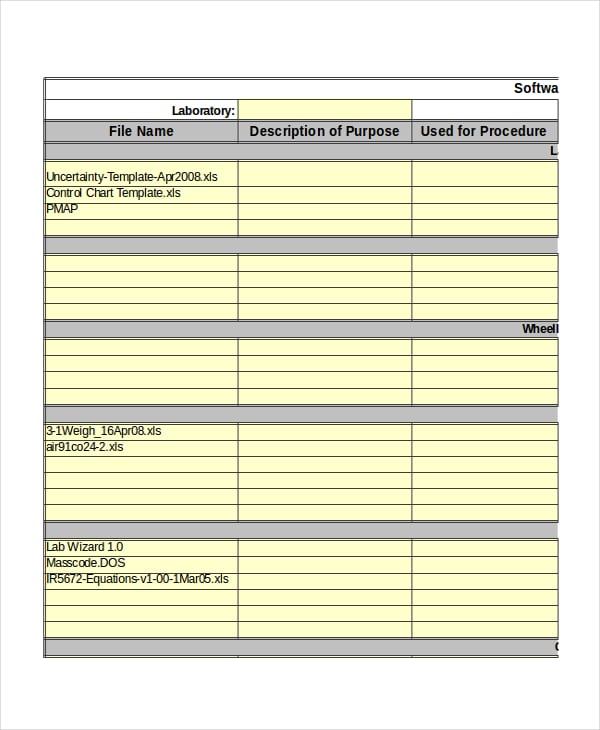
To keep data consistent, there’s a drop down menu provided that pulls variant information in from the ‘Products’ tab: Again, just focus on adding data to the blue columns and the dark ones automatically generate: The ‘Purchases’ tab is simply a running list of purchase orders in order to record and calculate incoming inventory for each product variant.Įnter each variant within a PO as a separate line. Do not edit the black columns, these are calculated automatically from inputted data.Calculate your reorder point for each product scientifically.Make sure the SKUs match across everywhere this data is used.Be consistent with how you format product names, sizes and colours.You’ll need to input details about every single product and variant that you have on-hand.Įnter your product details for all the blue columns, and the dark columns will be calculated automatically: The ‘Products’ tab is where the most up-front work is done. But the formulas will pull data between tabs, helping to automate the actual tracking process as much as possible. You’ll need to periodically enter and adjust information in all the tabs for optimal inventory tracking. We’ve created three separate tabs in our spreadsheet, one for each of these data pillars:

To track all sales orders being made, each causing a reduction to inventory levels. To track all purchase orders being made, each causing an addition to inventory levels. Including details like names, variants, SKUs, cost price, selling price and beginning inventory. Make sure you’re signed into Google, then just go to File > Make a copy to save a version of your own to edit and use: Setting up your inventory tracking spreadsheetĪ basic inventory tracker will cover three pillars: We put together a sample inventory tracking spreadsheet, which you can see here on Google Sheets. So someone would be responsible for periodically (usually at the end of each business day) updating the spreadsheet with the latest inventory goings in and out (i.e. This is a form of periodic inventory system.
#Inventory manager app template software
Learn more about Veeqo’s inventory management software platform Inventory tracking via spreadsheetĪ commonly used inventory tracking option is to record everything via spreadsheet.
#Inventory manager app template manual
Putting a system in place to track inventory (whether manual or automated) is therefore imperative for ecommerce brands wanting to scale successfully.



 0 kommentar(er)
0 kommentar(er)
